SEPAREL EF-G2 Series User manual


















This manual suits for next models
3
Table of contents
Popular Water Filtration System manuals by other brands
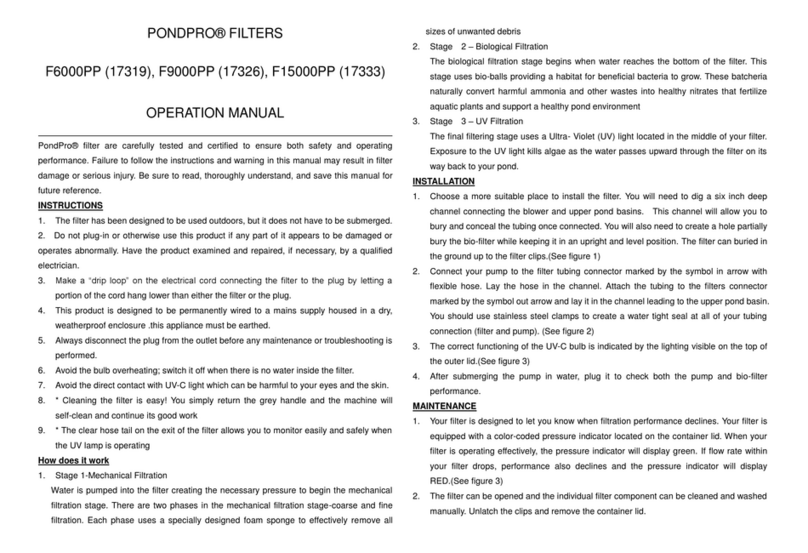
ASCENTO
ASCENTO PONDPRO F6000PP Operation manual
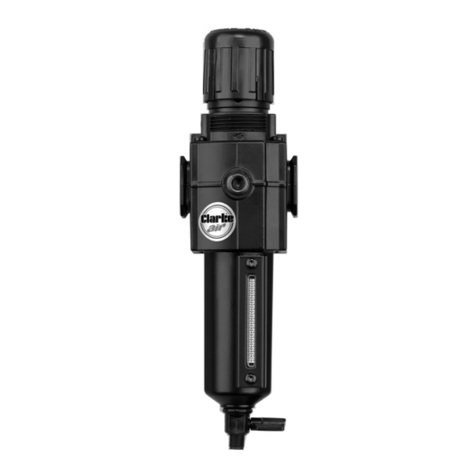
Clarke
Clarke CAT192 Operating & maintenance instructions

DeVilbiss
DeVilbiss HAF-505 Service bulletin

BWT
BWT Planmeca ClinicPatrol installation instructions
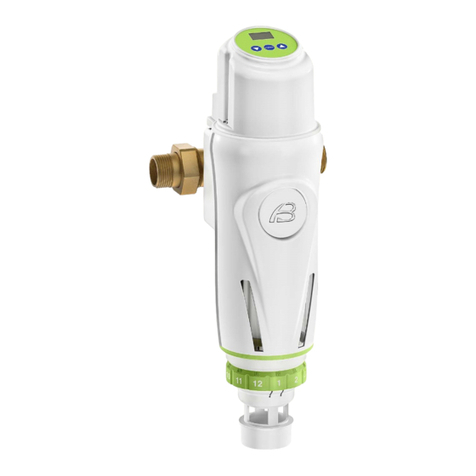
Acqua Brevetti
Acqua Brevetti BravoMATIC FT030 Installation and operating instructions
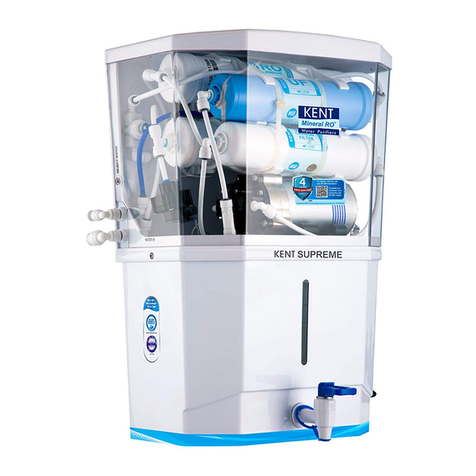
KENT
KENT Supreme Mineral RO Instruction handbook
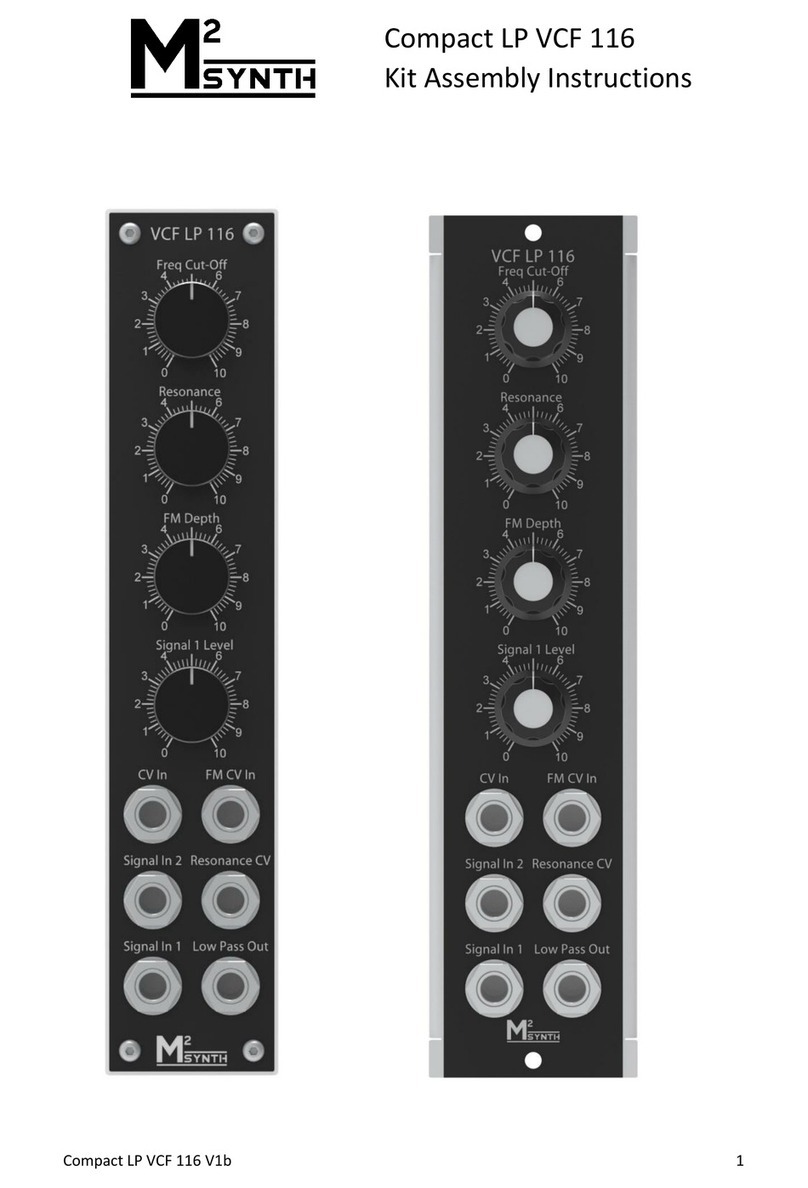
M2SYNTH
M2SYNTH Compact LP VCF 116 Assembly instructions
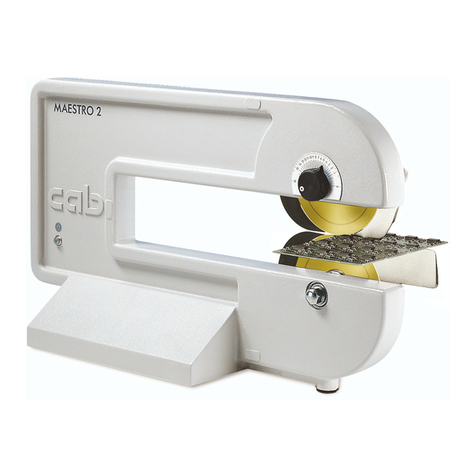
CAB
CAB MAESTRO 2 Instructions for use and service
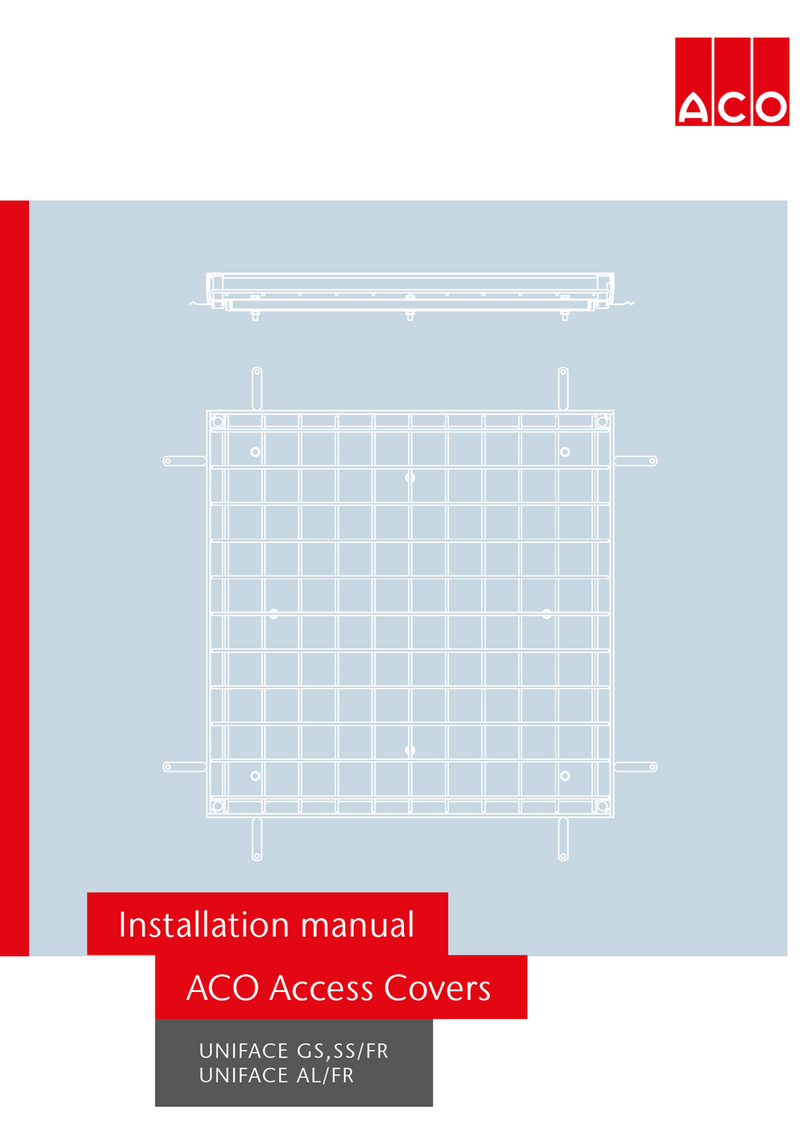
ACO
ACO UNIFACE GS,SS/FR installation manual
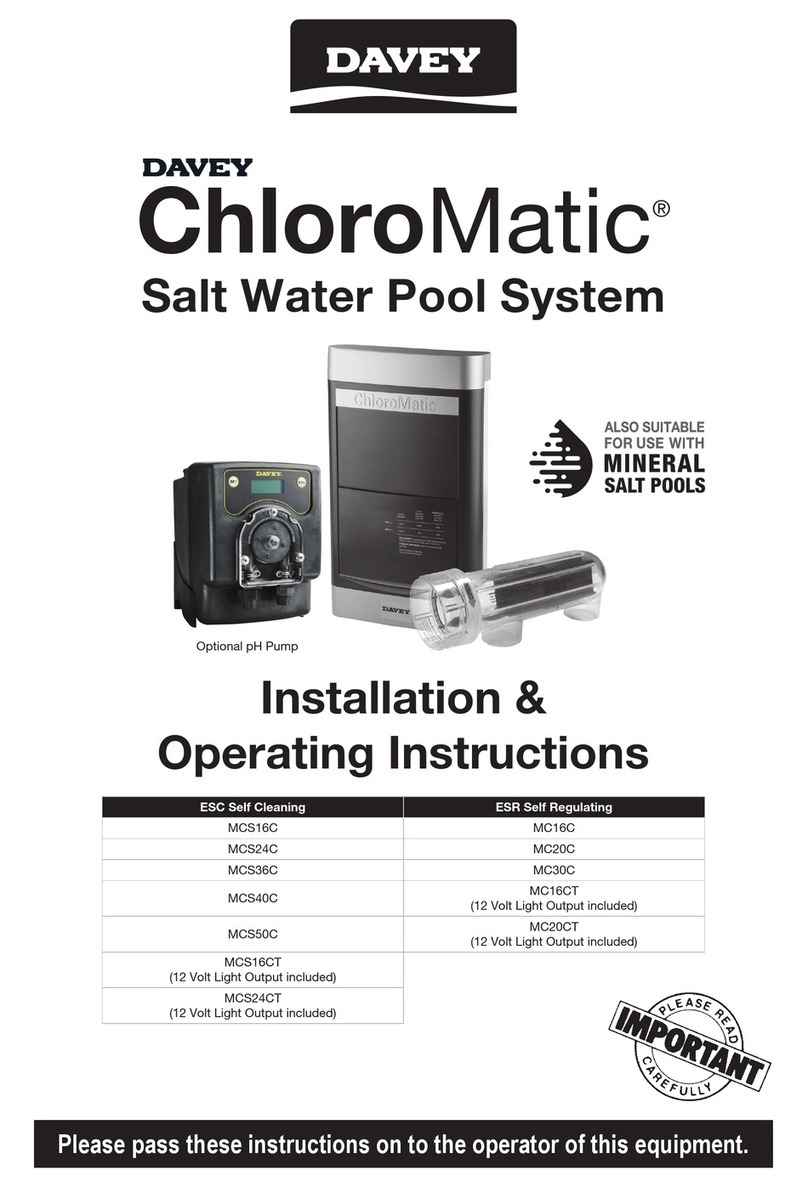
Davey
Davey ChloroMatic MCS16C Installation & operating instructions
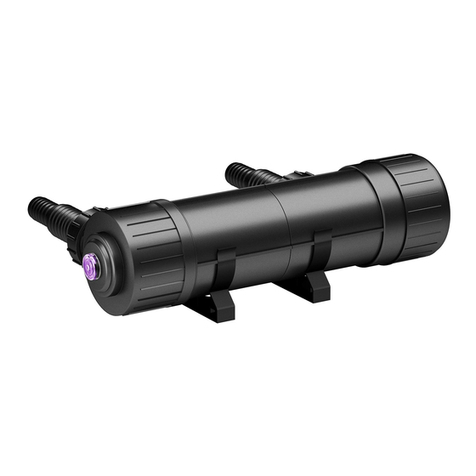
Aqua Medic
Aqua Medic Helix Max 2.0 Series Operation manual
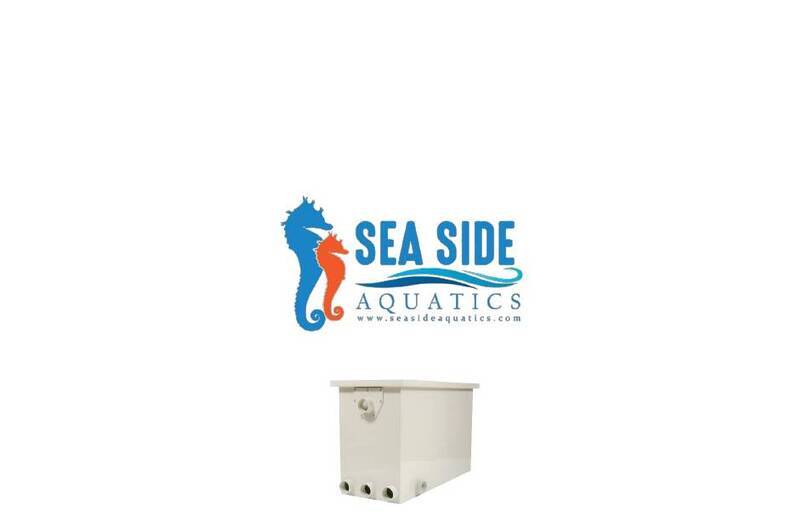
Seaside
Seaside CL35 quick guide

Eco Pure
Eco Pure ECOP30 Installation and operation manual
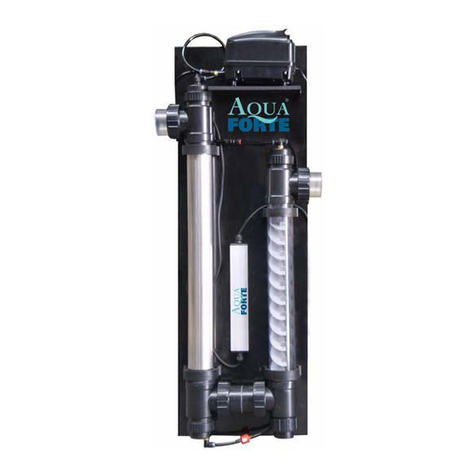
AQUA FORTE
AQUA FORTE OZONE REDOX UVC instruction manual

Aqua Guard
Aqua Guard ACRIVE COPPER SUPERB SS user manual
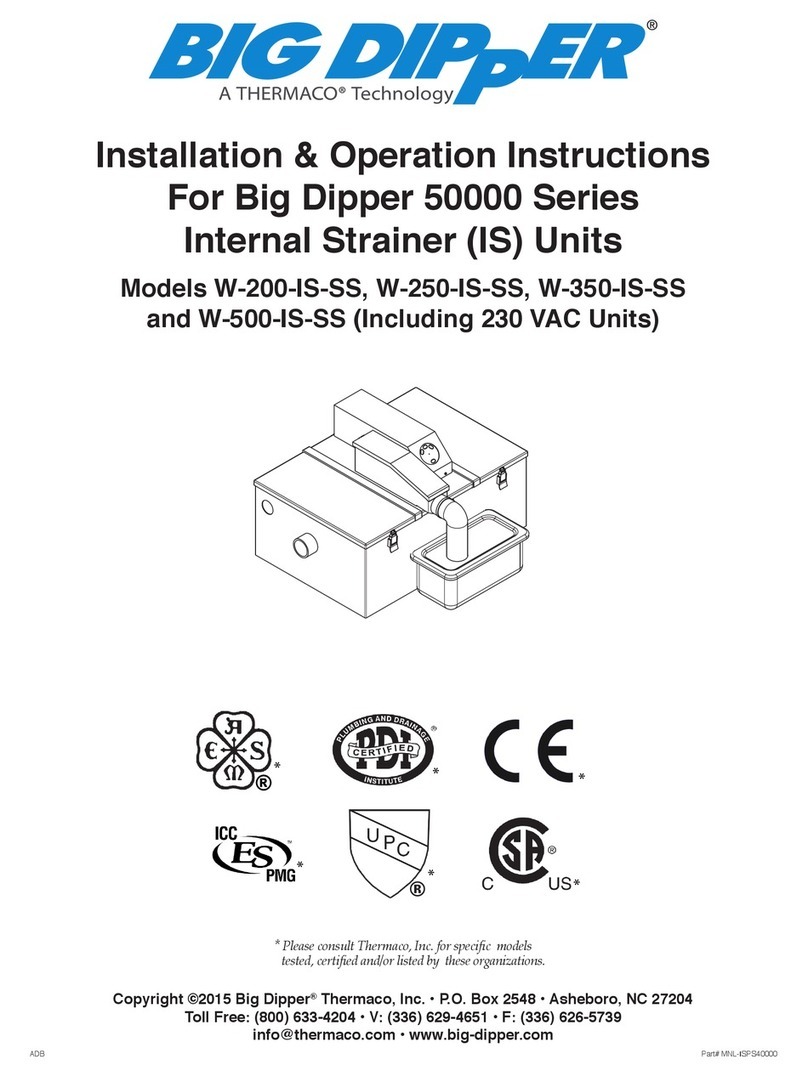
THERMA
THERMA Big Dipper 50000 Series Installation & operation instructions
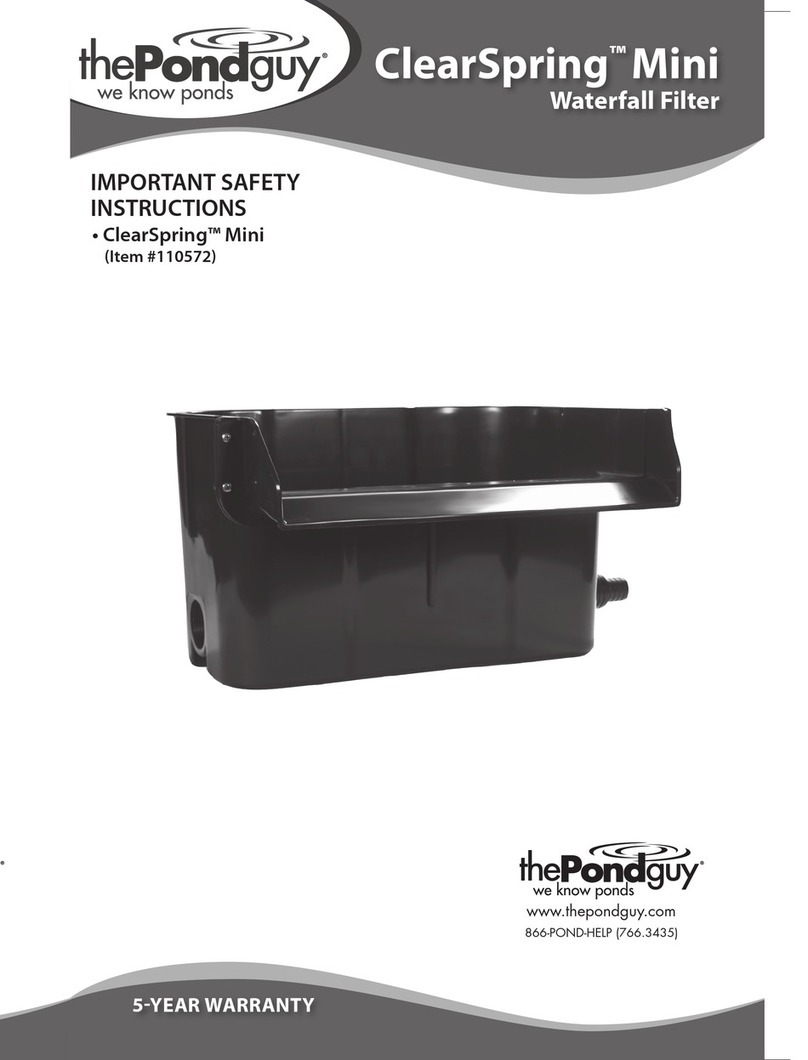
ThePondguy
ThePondguy clearspring mini 110572 instruction manual
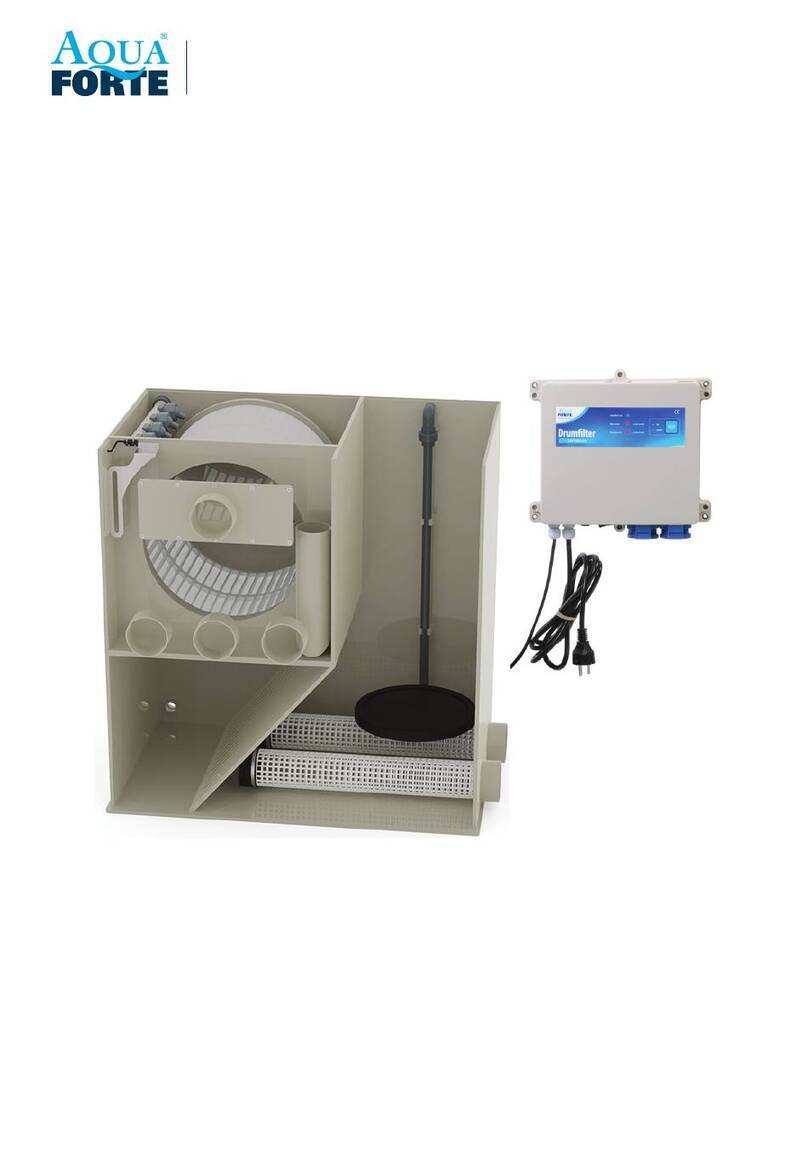
AQUA FORTE
AQUA FORTE COMBI-DRUM instruction manual